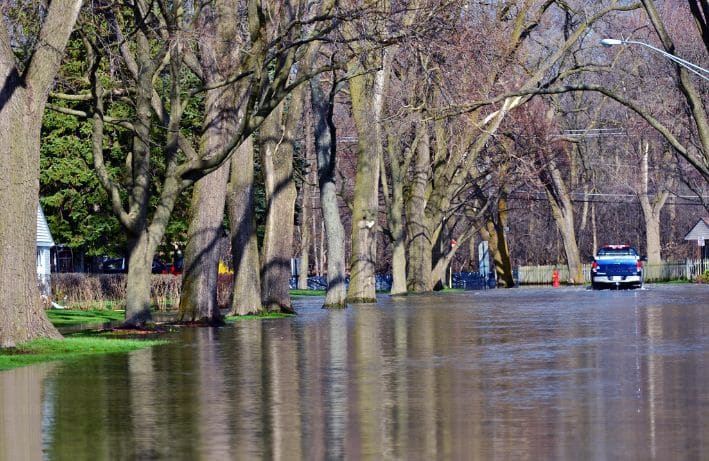ASFPM Comments on US Army Corps of Engineers Levee Safety Program
The US Army Corps of Engineers is developing an Engineering Circular (EC), which will outline policies and procedures for its Levee Safety Program. The guidance consolidates and formalizes the principles, policies, and key processes used by USACE in the program.
During the public comment period, which ended July 27, 2020, ASFPM submitted comments on the proposed guidance.
Here are the key themes that emerged during our review of the document:
- Levee inspection – the required frequency for inspections is too long in some cases, especially for high risk dams, or is not mandated in circumstances where it is warranted.
- Levee Sponsor activities – in many places in the document Sponsors are encouraged to do activities when they should be required to do the activity.
- Levee evaluation process – at points when alternatives to the levee status quo must be evaluated (e.g. advance measures permanency, risk assessment, levee failure, upgrade, mitigation) full consideration of all alternatives and adequate analysis of the full cost and benefits, including long term sustainability, of all alternatives must be completed.
- Impacts of increasing levee height – prior to undertaking any activity which would temporarily or permanently increase the height of the levee, the impact on properties outside the levee, upstream, downstream and landward, are identified and fully evaluated.
- Potential for loss of life – both the risk rating process and tolerable risk determination allow for the potential of loss of life without requiring standards that would normally be required in a high risk situation and would appear to trade loss of life for financial savings. Loss of life should be paramount.
- For Official Use Only – the implementation of this determination limits adequate dissemination to of risk information to entities that are impacted, responsible for responding or charged to mitigate that risk.
Read the USACE Levee Safety Program Guidance EC 1165-2-218 Comments from ASFPM – July 27, 2020.




